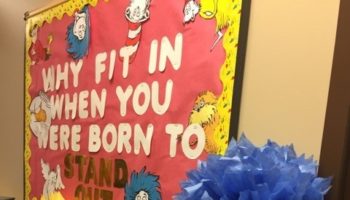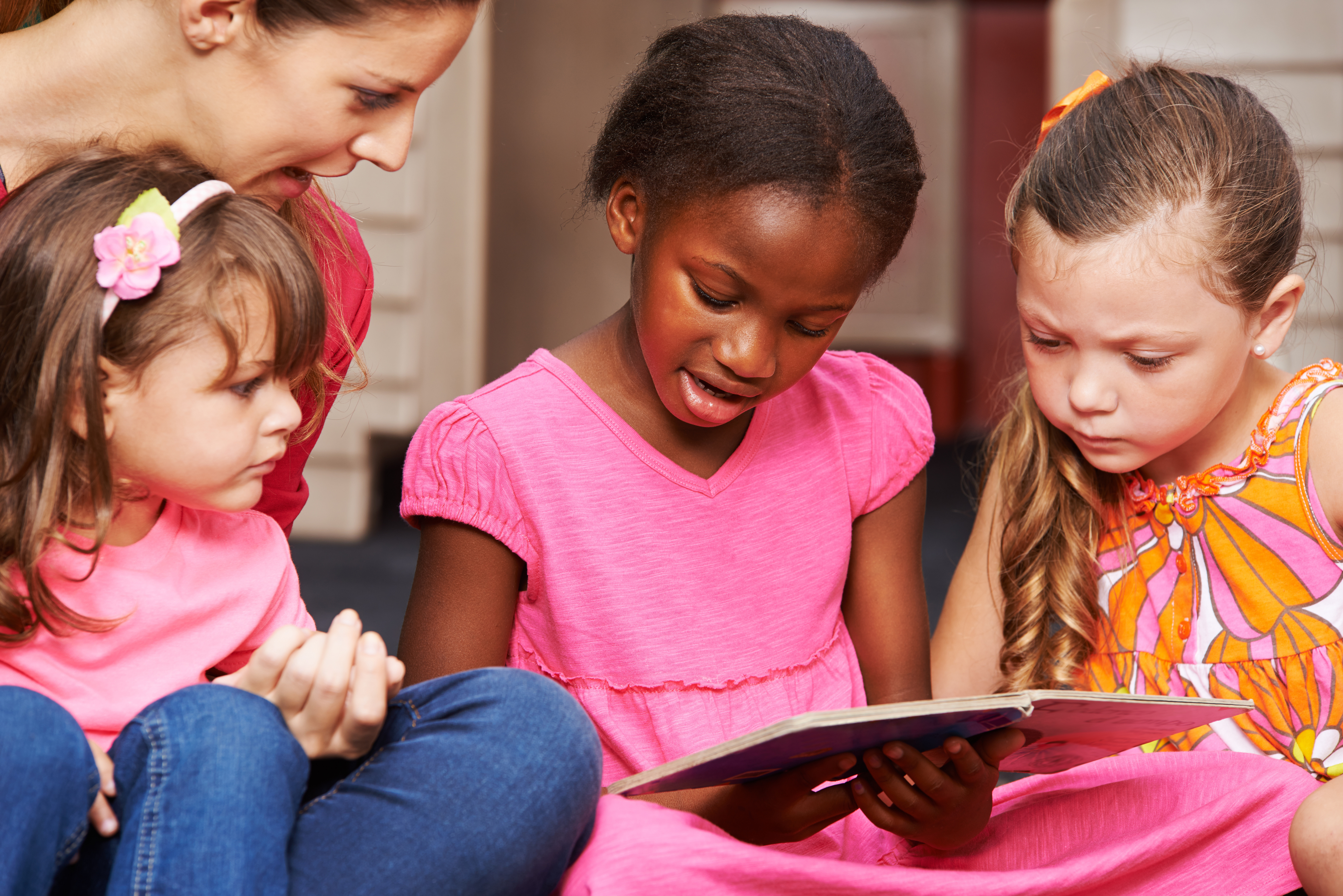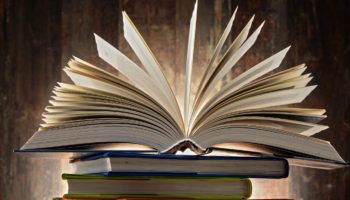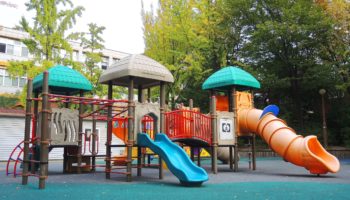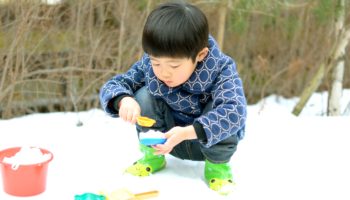Pam Schaffner
Please join us for a fun-filled time observing in a high quality preschool classroom!
What to expect: During the observation, you will see many quality items in the classroom including:
1. Well defined interest centers for focused play and at least one space for private play
2. Lots of materials for math including shapes, counting, measuring, and number recognition
3. Materials for science, literacy, blocks, art, dramatic play, fine motor, music, and diversity
When to expect: During the observation, you will see a three-hour time sample of all the fun, educational, and meaningful things reasonably expected in a high quality preschool classroom including:
1. One hour of free play where children can choose from a wide variety of learning materials
2. Thirty minutes of gross motor activity complete with gross motor equipment
3. At least one high quality meal with nutritious food and sanitary service practices
4. Very little off task or waiting time
Who to expect: During the observation, you will experience children who are actively engaged and learning from classroom materials AND teachers who are facilitating the process. Teachers will be holding conversations with the children in an effort to extend learning in the following areas:
1. As they are reading books both formally and informally, as well as in other language activities
2. While children use spaces for privacy
3. While children use computers or other electronic devices
4. During gross motor activities
5. While children use math and science materials
6. While children engage in blocks, art, fine motor, dramatic play, and music
Why to expect this: The roles of the teacher in the Early Childhood Education field are critical to a child’s success. Long ago the research focused on the teacher being the central figure in a child’s learning process. Implementation of teaching strategies focused on the teacher imparting knowledge to the child mostly through lecture and seat work with children speaking only when called upon to answer. In the recent past, the research showed that children learn so much outside of “formal schooling” by observing and touching things in their environment. Learning about nature, people, and how blocks stack and fall happen naturally and not while sitting at a desk is best practice. This is learning through play! Touching something to learn about it is usually more effective than hearing about it or seeing a picture on a worksheet.
Quality rating instruments were written to evaluate WHAT children had to play with and HOW LONG they could use the materials. Unfortunately, the role of the teacher often became lost in the shuffle and the toys alone became the teachers. With the ECERS 3, the role of the teacher is newly defined and critical to success. The focus of learning is and always should have been on BOTH the classroom materials AND the teacher using these materials with the children. Therefore, for optimal quality, an observer will see teachers busily talking with the children who are using learning materials. They will be asking children questions to extend learning. Toys won’t be just fixtures gathering dust on a shelf but children will fully see the potential of all of them because the teachers will be talking about them and using them as teaching tools…. and children will still be playing!
To RSVP: We hope you can come to (be) this High Quality Early Childhood Classroom! For more information on engaging in continuous quality improvement to improve your classroom practices please contact your Regional Key STARS Specialist or PA Key Preschool Program Specialist. We look forward to seeing (and providing assessment feedback to) you!
